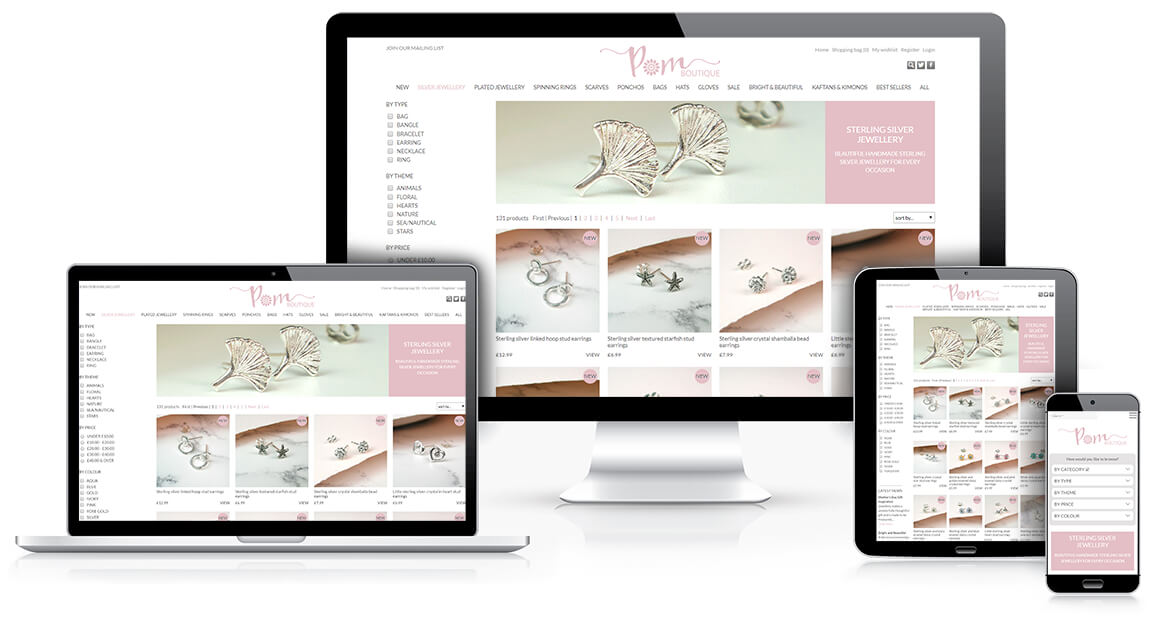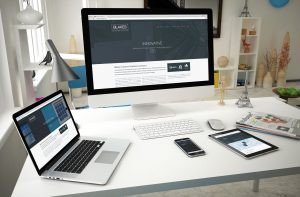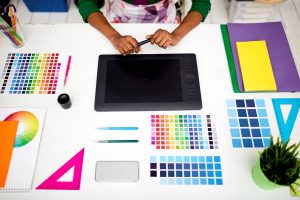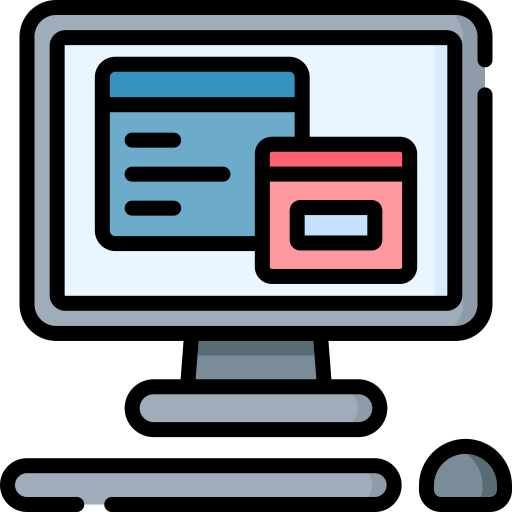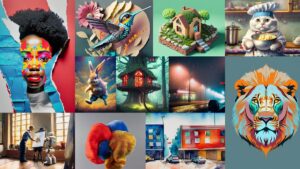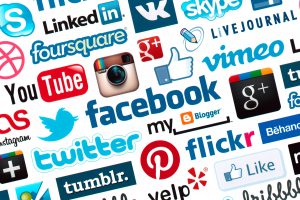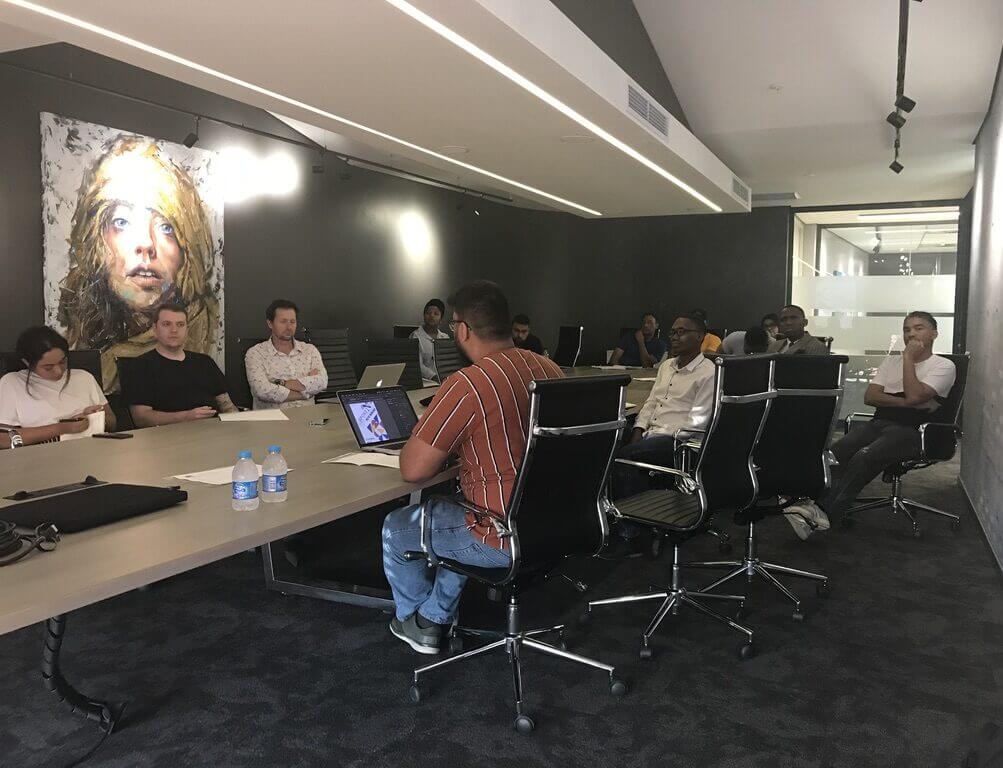Let’s cut to it.
Design isn’t just about pretty pixels anymore.
In the new workplace, the most valuable designers aren’t just making things look good, they’re building the entire digital experience. That means websites that convert. Mobile apps that keep customers coming back. Online stores that sell while you sleep.
The expectations placed on designers have shifted. Companies, clients, and even startups now seek creatives who can bridge the gap between aesthetics and functionality, including those who understand not just how things look, but how they work in a real-world digital environment. In the new workplace, being just a “graphic designer” isn’t enough.
Design Is No Longer Just About Visuals
The demand for digital-first experiences has never been greater. From mobile loyalty apps to online stores, businesses of all sizes now expect their designers to understand the platforms where design actually lives – websites, mobile apps, and e-commerce systems.
But this isn’t just about learning tools. It’s about understanding how people interact with digital products. That’s where User Experience (UX) enters the conversation. Good UX is invisible. It’s what makes a website feel intuitive. It’s what guides a user from browsing to buying. It’s the thought behind every button, layout, and interaction, and it’s a skill that sets great designers apart.
Why eCommerce and App Design Are No Longer Just Optional
At Keyline, we saw the shift coming. The eCommerce market in South Africa is lucrative and the rise of online shopping and mobile-first behavior has made eCommerce and app design critical for survival – not just for businesses, but for creatives too.
Here’s what we’re seeing:
• Small businesses are going online faster than ever but they need professionals who can help them do it smartly.
• Basic service apps like booking tools, loyalty platforms, or info-based apps are now standard for many industries.
• WooCommerce, Shopify, mobile-friendly layouts, and app prototyping tools are becoming part of the designer’s toolkit, not just the developer’s.
And it’s not just about making things “work”, it’s about making them usable, engaging, and trustworthy. That’s where design plays a pivotal role.
What This Means for the Modern Creative
Whether you’re freelancing, employed in an agency, launching your own business, or even just starting out, the ability to design with platform, purpose, and user experience in mind makes you more valuable.
These aren’t “nice-to-have” skills anymore; they’re survival skills for the creative world we’re now working in.
So here’s just ONE question:
Can you afford to be left behind while the world moves digital-first?
